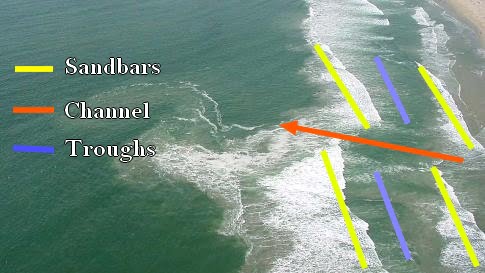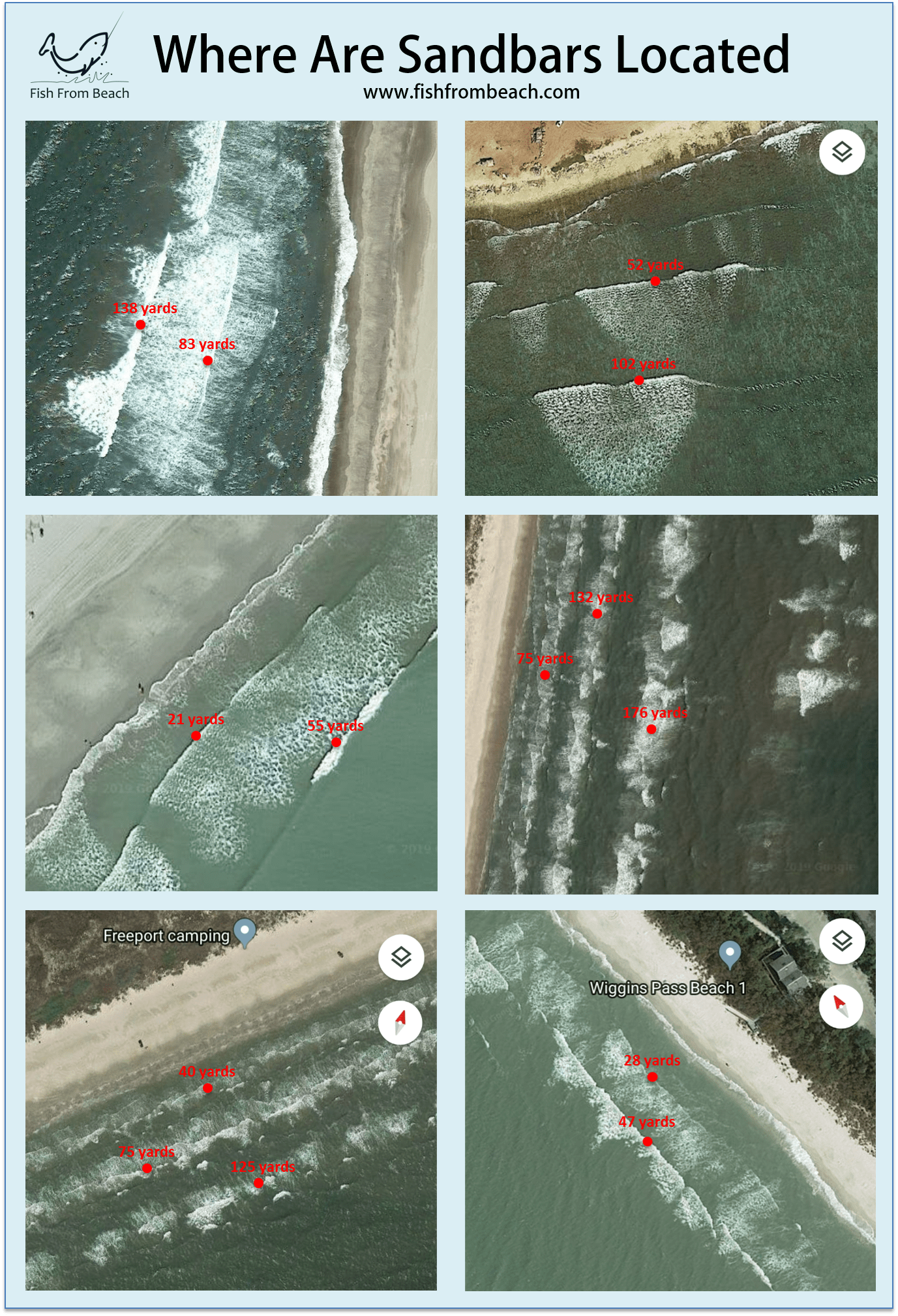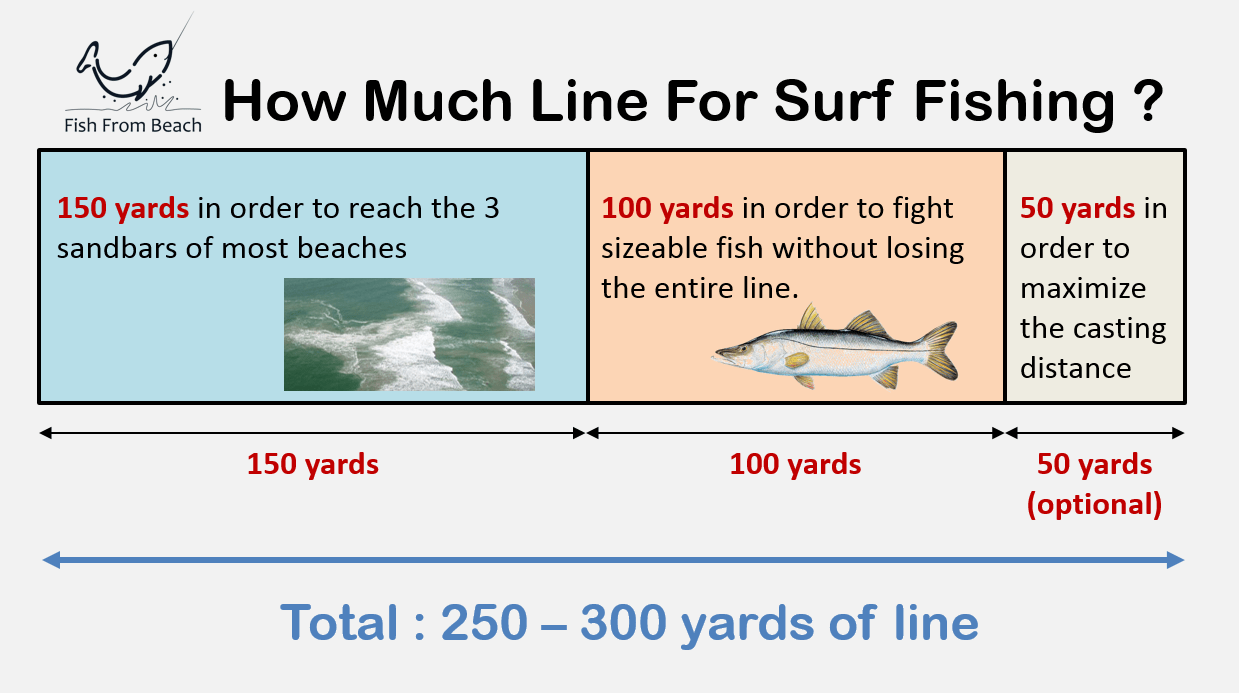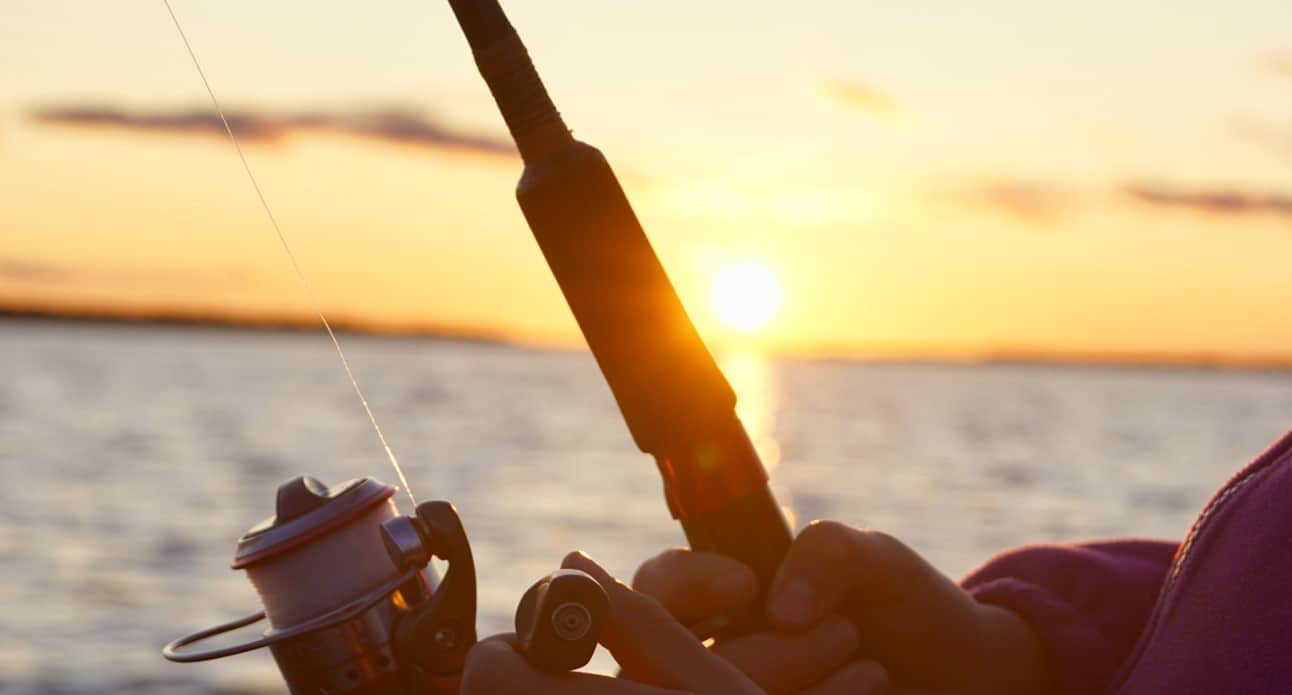It’s frustrating when you catch a sizeable redfish or tarpon from the surf and the fish manages to escape the trap by spooling your entire line.
It could be the catch of a lifetime wasted because of insufficient fishing line.
It also sucks when there is nothing to fish for in the first sandbar and you don’t have enough line to reach the second or third sandbar where the interesting things happen.
These two situations impose the amount of line as a determining factor in your success as a surf angler and push many novice fishermen to wonder if they have enough line in their spool, out of fear of losing trophies because of insufficient line.
On top of that, leaving a large amount of line in the surf zone is not environmentally friendly as fish can get tangled at your left line, and remain stuck and trapped to death.
So how much line is required for surf fishing ?
As a general rule, you will rarely need more than 100-150 yards of line to reach the second and third sandbar. However, you should keep in mind that during a battle, you can lose up to 100 yards of line depending on the fish species and size.
On top of that, the more you fill your spool with line, the further you will be able to cast, and the faster you will be able to reel in and drag fish to shore.
Therefore, I believe that the optimal amount of line for surf fishing is 250-300 yards.
A line of this length will allow you to deploy bait in the most distant sandbars where fish are most likely to be, while leaving enough line in your spool to easily play and turn hooked fish without fear of being spooled out.
In this article, we will discuss more arguments why I think 250-300 yards is the optimal range for beach fishing, and also, what to do in order to compensate for an insufficient line.

How much line is needed for surf fishing ?
Well, the simplest answer to this question is : Enough line to reach the sandbars where the waves break, while leaving enough line in the reel in case a big fish takes the bait.
We have discussed in another article that the sandbars are where you want to deploy the bait in order to get bites. Why ? Because the sandbars are where the waves rise and break forming the white waters that most fish use as a cover to hide from larger predators and to trick prey.
Also, when the waves break, they create water turbulence that disturbs small prey fish and make them easier to catch.
Therefore, the sandbars are what you should target when surf fishing because many game fish will be there looking for feeding opportunities.
Generally speaking, there are 1-3 sandbars on any beach running parallel to the shoreline.
As I mentioned before, you can spot them by identifying where the waves break. In other words, where the white waters start to form.

So when surf fishing, you need enough line to reach these sandbars. Which one ? Whichever you want. But when the beach is crowded and many swimmers and surfers are around, make sure you have enough line to reach the second or third sandbar.
The noise spooks fish and a crowded beach can make fish leave the first sandbar and escape to deeper waters.
Ok, I understand. But how far are sandbars located ?
Based on my own experience, I’m comfortable to say that the first two sandbars of most beaches are at 100 yards from the shoreline, while the outer banks are at +150 yards.
To prove these numbers, I gathered many satellite images of different beaches in different states and measured the distance between the shoreline and the sandbars for each beach. Here is what I found:

Well, my estimates were not so bad. As you can see in the images above, you will rarely need more than 150 yards of line to reach the third sandbar.
Yes, there are beaches where the third sandbar is at a distance of 170-200 yards, but I do not think a fisherman can reach that distance anyway.
Personally, I’m only able to cast 50 to 70 yards on a good day and I’m confident to say that very few fishermen can exceed 100 yards. So to remove any doubt, I would say that you need 150 yards of line during the loading phase.
150 yards are enough to target the first and second sandbars of most beaches, and you may even be able to reach the third one too (if your power and casting skills are extraordinarily good ;))
Now let’s talk about the post-load phase.
Reaching the sandbars is great, but it’s only half the battle. You still need to hookset biting fish and drag it to shore, and to do so, you need more line in your spool.
Large predatory fish, especially those found on the second and third sandbars, will be able to pull your line several tens of yards before they give in and offer you the control to land them inshore.
Having only 150 yards of line will allow you to reach the outer sandbars, but it is not enough to turn a big drum, bluefish or snook.
Therefore, make sure you have at least 100 yards of additional line left in the reel after the cast.
Fishing for bigger monsters like tuna or sharks will require more than that, but for most other species that you can catch from shore, I think 100 yards of line is enough to win most battles.
One thing to keep in mind is that the more your spool is filled with line, the further you will be able to cast. So It would not bother me to add as much line as my reel can hold, to maximize my casting distance.
Also, a well-filled spool allows a fast retrieve of line. This is so important when fishing rough grounds as it allows you to reel in quickly and prevent your terminal tackle from touching the snaggy bottoms where you can hang on something.
Read more tips on how to fish rough grounds.
Plus, adding an extra layer of line will serve as a safety cushion in case an unexpected monster takes the bait 😉

How to compensate for a short line ?
The first thing to do if your line is insufficient is to forget the outer sandbars and only aim for the first one.
If you only have 150 yards of line in your reel, deploying bait around the third sandbar at 130 yards of the shoreline will put your tackle at risk. Why ? Simply because you will be left with only 20 yards of line, and that’s not enough to fight and turn the large fish that we usually find on the third sandbar.
As we saw in the previous pictures, the first sandbar is generally at 20-50 yards from the shoreline. So, if you only have 150 yards of line, the right decision would be to target the first sandbar only, as this is the only way to keep enough line in your reel to fight heavy fish.
The second sandbar can also be a good option in case it is located a few yards from shore and will not consume a large part of your reel.
The other thing to consider if you are surf fishing with a small amount of line is to tighten the drag setting in your reel.
Tightening the drag will limit the release of line when exposed to pressure. As a result, you will lose less line during the battles.
However, keep in mind that the use of a heavy drag puts your line and rod at risk.
If a 15-pound red drum strikes your 10 lb test line while your drag is set to 20 pounds, your line will easily snap before the spool begins to release the line.
The use of smelly chunks of natural baits will also help to attract fish to the sandbars closest to you, and you will not be forced to cast far in order to get bites.
In addition, deploying the bait in the outgoing current that breaks the first sandbar will help you catch larger trophies without having to cast so far. Why ? Because the outgoing current is what offshore predatory fish use in order to approach the shore and look for food. Consequently, you are more likely to get those heavy monsters if you place the offering inside the channel.

As a general rule, when you have a small amount of line, you need to be more accurate and pickier in terms of where to deploy your baits. We have discussed in a previous article everything you need to know about that, give it a look and take notes 😀
Note (*): If you make a purchase through links from this website, we may get a small share of the sale from Amazon or other similar affiliate programs.
Surf Fishing Survey
Help us provide you with better content by answering simple questions about your surf fishing experience and knowledge.
We will put the collected responses together and turn them into valuable information that will help you catch more fish from shore 😉
Note: No personal information will be collected with your answer.

